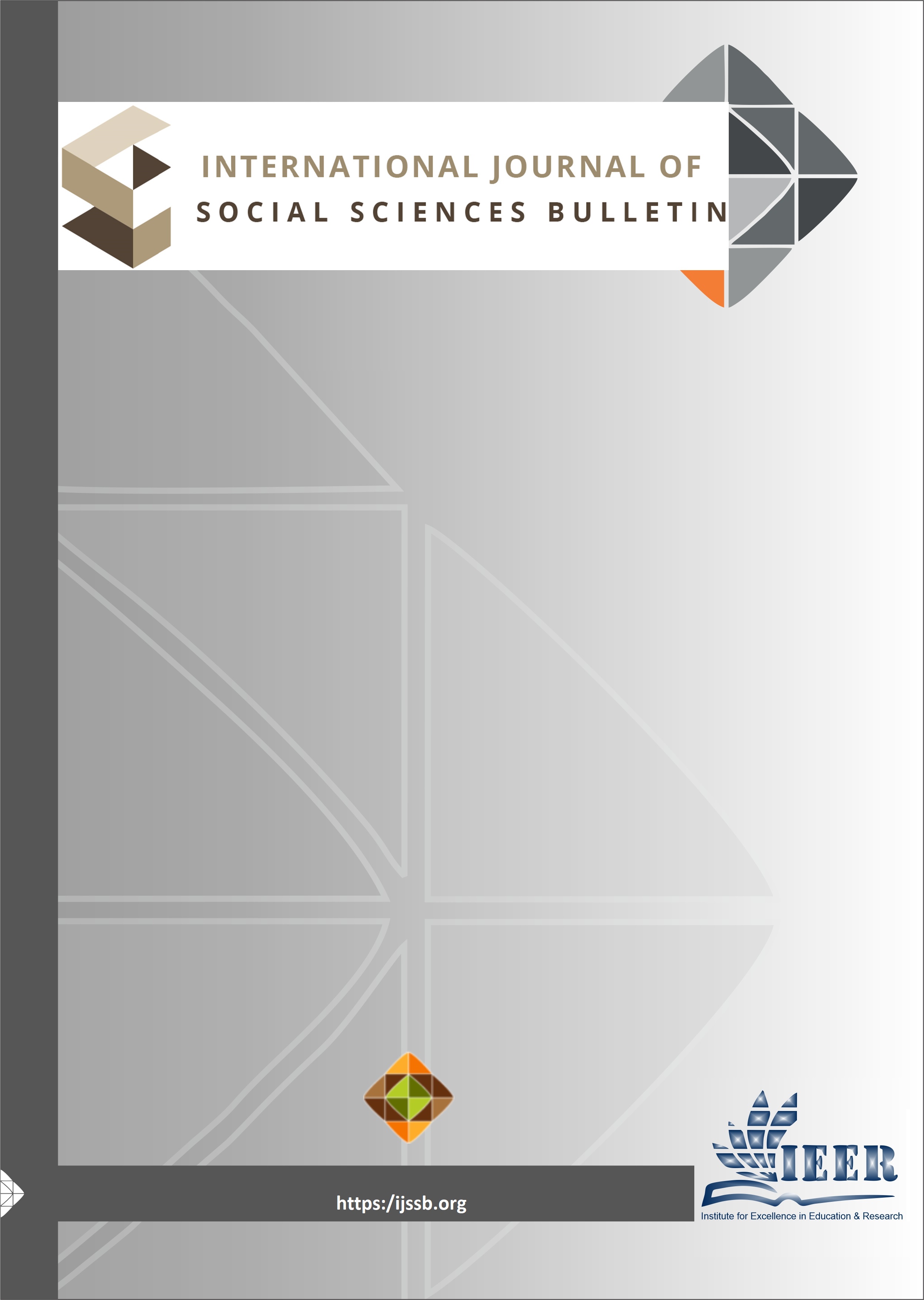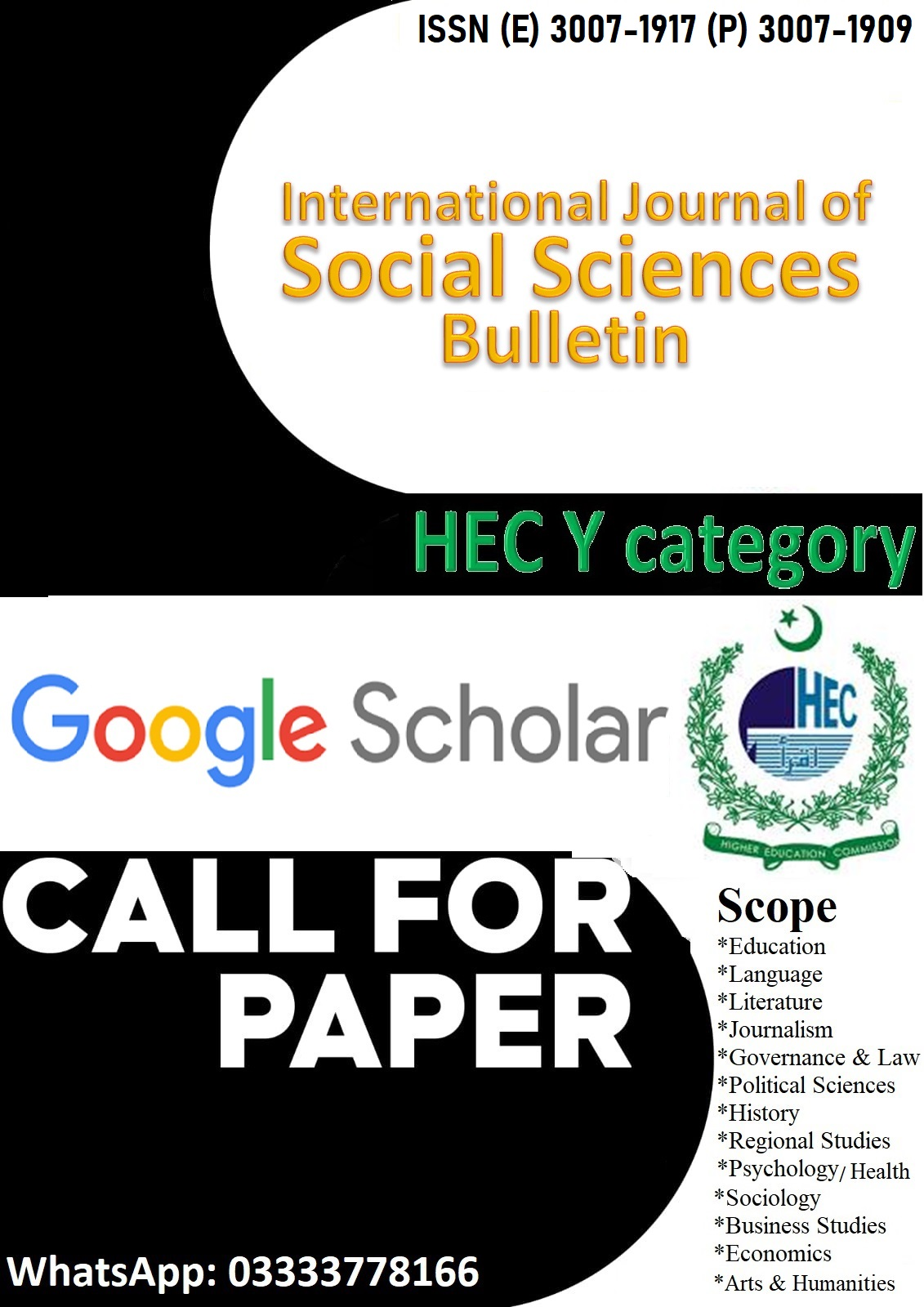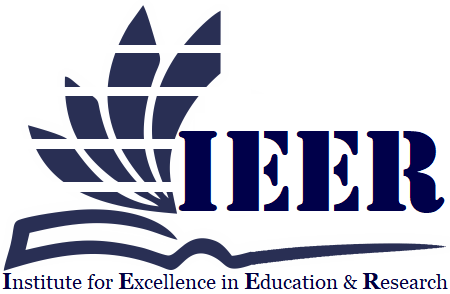AN INVESTIGATION OF MULTIPLE INTELLIGENCE AND LEARNING STYLES OF ELEMENTARY GRADE STUDENTS OF DISTRICT CENTRAL NORTH KARACHI
Keywords:
Intelligence, learning styles, Multiple Intelligence Theory, elementary gradesAbstract
Exploring different styles of learning and various multiple intelligences types can help learners to recognize their strengths and weaknesses, leading to improved learning outcomes in learning opportunities. Also, it's very crucial for educators to understand their learners’ learning styles and multiple intelligences for an effective teaching-learning process. Teachers can meticulously establish their objectives and design corresponding activities that cater to various intelligences, fostering student-centered learning environments in classrooms. The objective of this research is to reveal the most dominant multiple intelligence types and learning styles of elementary grade students of district Central, North Karachi. This research study utilized a quantitative research approach. The survey method was employed as the primary approach for this study. Data was gathered from 7 schools of district central, North Karachi. The data collection process utilized two instruments: the Perceptual Learning-Style Preferences Questionnaire (PLSPQ) and the Multiple Intelligence Inventory. It was noted that the learners demonstrated a wide range of learning styles, with a predominant tendency towards kinesthetic learning style. The most dominant multiple intelligence type was found Bodily-Kinesthetic and received higher scores. Two types of intelligence, verbal- linguistic and visual-spatial received the second-highest score. In contrast, Intrapersonal intelligence received the lowest score.
Published
Issue
Section
License

This work is licensed under a Creative Commons Attribution-NonCommercial-NoDerivatives 4.0 International License.

















